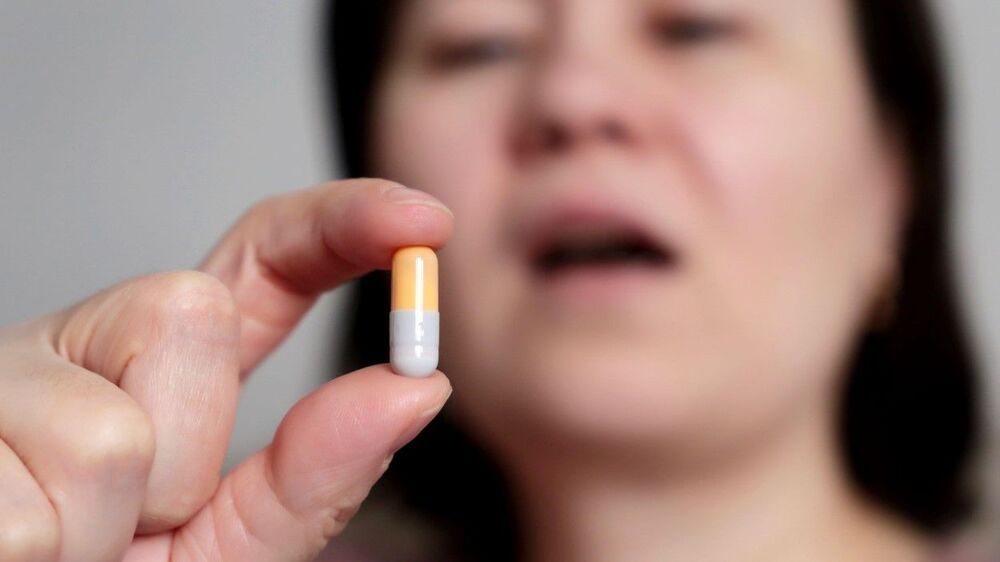A Skolkovo tech company presents its 3D printing production technology for prosthetic limbs.
Follow us on Telegram https://t.me/rtintl / https://t.me/rtvisual
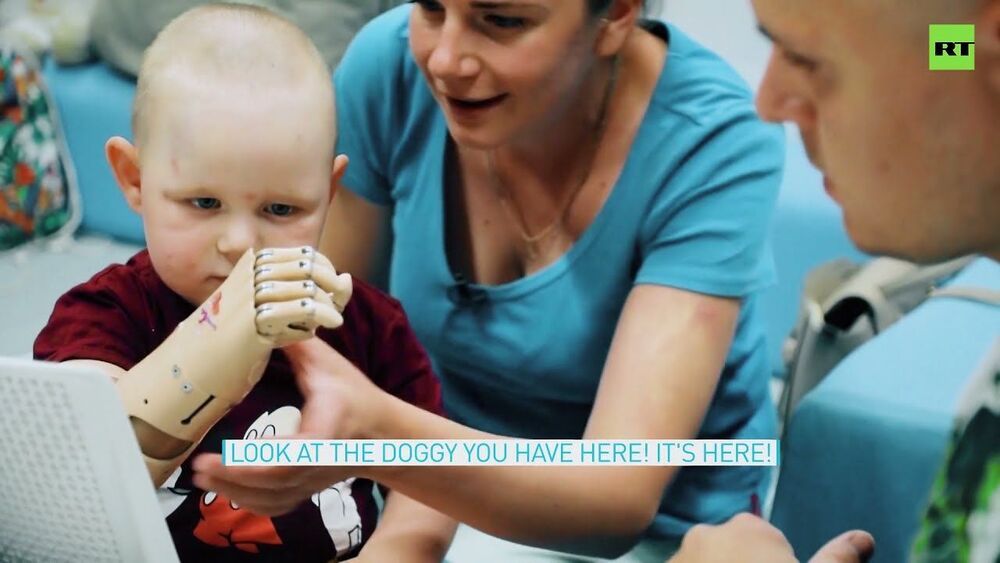
A Skolkovo tech company presents its 3D printing production technology for prosthetic limbs.
Follow us on Telegram https://t.me/rtintl / https://t.me/rtvisual
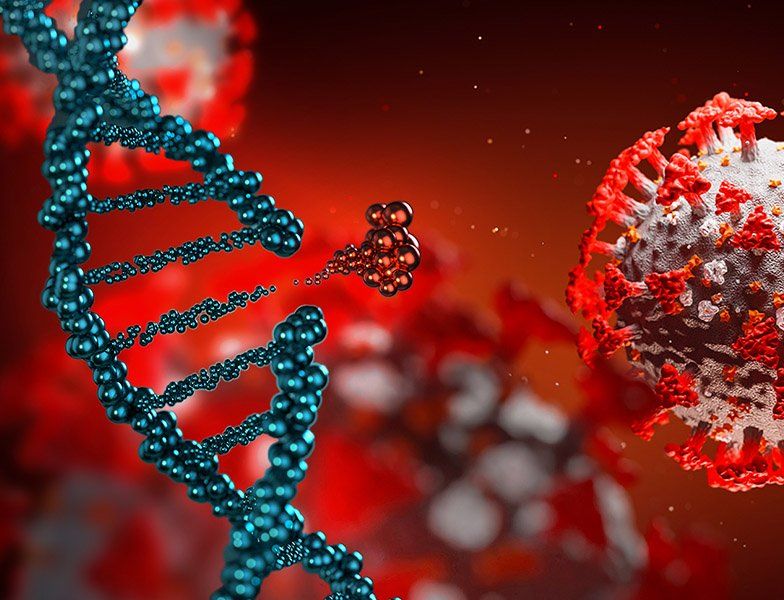
Modified RNA CRISPR boosts gene knockdown in human cells.
In the latest of ongoing efforts to expand technologies for modifying genes and their expression, researchers in the lab of Neville Sanjana, PhD, at the New York Genome Center (NYGC) and New York University (NYU) have developed chemically modified guide RNAs for a CRISPR system that targets RNA instead of DNA. These chemically-modified guide RNAs significantly enhance the ability to target – trace, edit, and/or knockdown – RNA in human cells.
Longevity. Technology: In the study published in Cell Chemical Biology, the research team explores a range of different RNA modifications and details how the modified guides increase efficiencies of CRISPR activity from 2-to 5-fold over unmodified guides. They also show that the optimised chemical modifications extend CRISPR targeting activity from 48 hours to four days.
Increasing the efficiencies and “life” of CRISPR-Cas13 guides is of critical value to researchers and drug developers, allowing for better gene knockdown and more time to study how the gene influences other genes in related pathways.
The researchers worked in collaboration with scientists at Synthego Corporation and New England BioLabs, bringing together a diverse team with expertise in enzyme purification and RNA chemistry. To apply these optimised chemical modifications, the research team targeted cell surface receptors in human T cells from healthy donors and a “universal” segment of the genetic sequence shared by all known variants of the RNA virus SARS-COV-2, which is responsible for the COVID-19 pandemic.
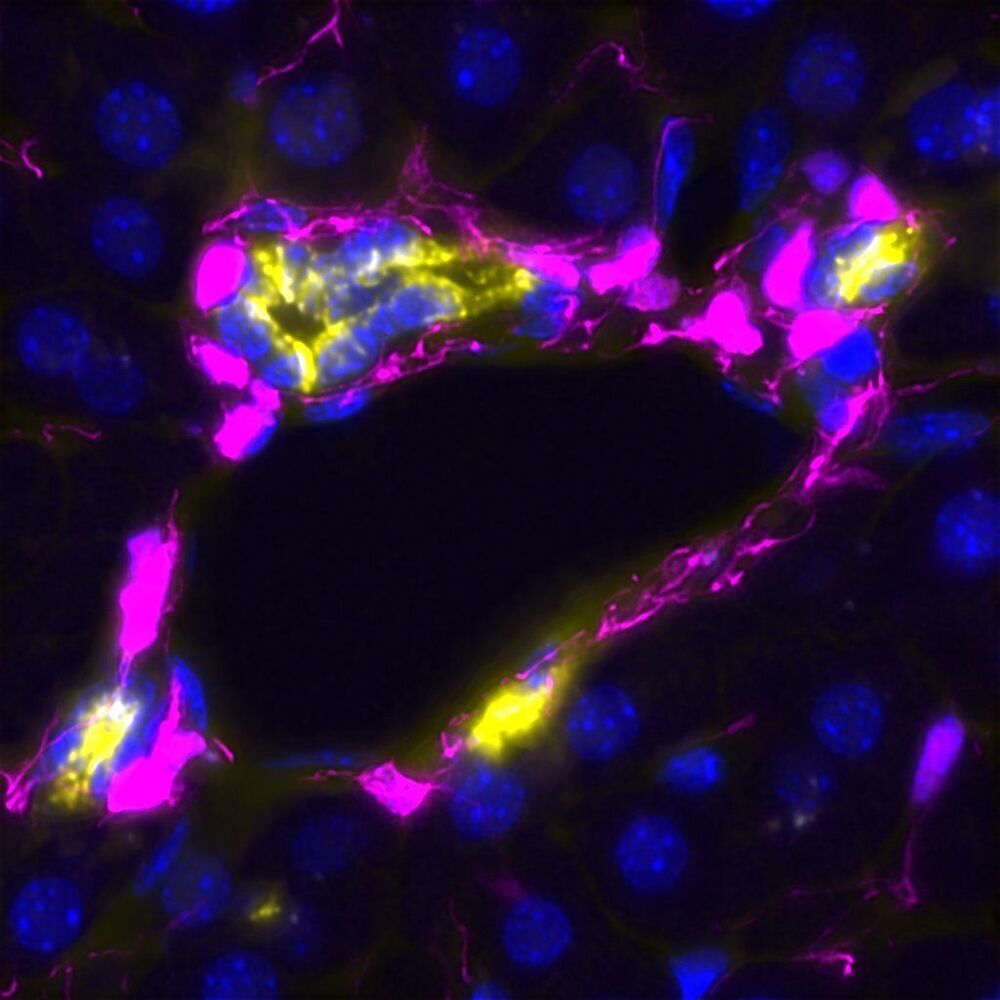
From the time of Aristotle, it has been known that the human liver has the greatest regenerative capacity of any organ in the body, being able to regrow even from a 70% amputation, which has enabled live-donor transplants. Although the liver regenerates fully upon injury, the mechanisms that regulate how to activate or stop the process and when regeneration is terminated, are still unknown. Researchers at the Max Planck Institute of Molecular Cell Biology and Genetics (MPI-CBG) in Dresden (Germany), at the Gurdon Institute (Cambridge, UK) and at the University of Cambridge (Biochemistry Department) have now found that a regulatory cell type—mesenchymal cell—can activate or stop liver regeneration. The mesenchymal cells do so by the number of contacts they establish with the regenerating cells (epithelial cells). This study suggests that mistakes in the regeneration process, which can give rise to cancer or chronic liver diseases, are caused by the wrong number of contacts between both populations. The work is described in a paper published in the journal Cell Stem Cell on 2nd August 2021.
The molecular mechanisms by which adult liver cells trigger the regenerative response remain largely unknown. Approximately 29 million people in Europe suffer from a chronic liver condition such as cirrhosis or liver cancer. They are a major cause of morbidity and mortality with liver diseases accounting for approximately two million deaths per year worldwide. Currently, there is no cure and liver transplants are the only treatment for liver failure. Scientists are therefore exploring new options for how to trigger the regenerative capacity of the liver as an alternative means to restore function.

Dear Members You can publish your articles on the following topics free of charge on our website. Artificial intelligence Machine Learning Deep Learning Natural Language Processing Data Scientist SQL Python Pandas Data Visualization (Tableau, Seaborn, Matplotlib, etc.) You can contact the website via e-mail. (newworldartificialintelligence@gmail.com
Artificial intelligence, deep learning, machine learning, brain, brain diseases, AI lectures, AI conferences, AI TED talks, mind and brain, AI movies, AI books in english and turkish.

Inspiration4 is getting its own documentary. Netflix said Tuesday it would be releasing a five-part series on the mission, its first documentary to cover an event “in near real-time,” in five parts in September.
“Countdown: Inspiration4 Mission to Space” will follow the first all-civilian Inspiration4 crew as they prepare for and undergo a three-day flight to low Earth orbit. The private flight is being funded by — surprise! — a billionaire: Jared Isaacman, the CEO and founder of payment processor Shift4 Payments. He will be joined by Hayley Arceneaux, a physician assistant at St. Jude’s Children’s Research Hospital and a pediatric bone cancer survivor; Christopher Sembroski, a Lockheed Martin engineer and Air Force veteran; and professor of geoscience Sian Proctor.
Isaacman has committed to donating $100 million to St. Jude’s out of his own funds, in addition to the public donation drive that was used to select Sian Proctor’s seat. As of March, the donation drive raised an additional $13 million for the children’s hospital.

Its powers may not rival Wolverine’s, but a regenerative implant engineered by researchers at the University of Nebraska Medical Center and University of Nebraska–Lincoln could help repair bone-deep damage following physical trauma, surgery or osteoporosis.
The team has developed a biodegradable, nanofiber-based implant, or scaffold, whose design could better regenerate bone by effectively guiding the migration of recuperative cells to the injury site. When implanted in rats with bone defects, the cylindrical scaffold promoted the regeneration of bone that was denser, more voluminous and more like the surrounding tissue than that achieved by many other state-of-the-art designs.
The implant spurred regeneration even without the aid of externally sourced stem cells or so-called growth factors, which help promote healing but can also introduce regulatory complications and side effects that range from inflammation to unchecked tissue formation.


Although visible signs of aging are usually unmistakable, unraveling what triggers them has been quite a challenge. Researchers at Baylor College of Medicine and collaborating institutions have discovered that a cellular phenomenon called cryptic transcription, which had been previously described and linked to aging in yeasts and worms, is elevated in aging mammalian stem cells.
The team reports in the journal Nature Aging that cryptic transcription occurs because a cellular mechanism that keeps it in check falls apart as cells get old. The findings suggest that strategies that control cryptic transcription could have pro-longevity effects.
“In previous work, we showed that cryptic transcription in yeasts and worms is not only a marker of aging but also a cause,” said corresponding author Dr. Weiwei Dang, assistant professor of molecular and human genetics and the Huffington Center on Aging at Baylor. “Reducing the amount of this aberrant transcription in these organisms prolonged their lifespan.”
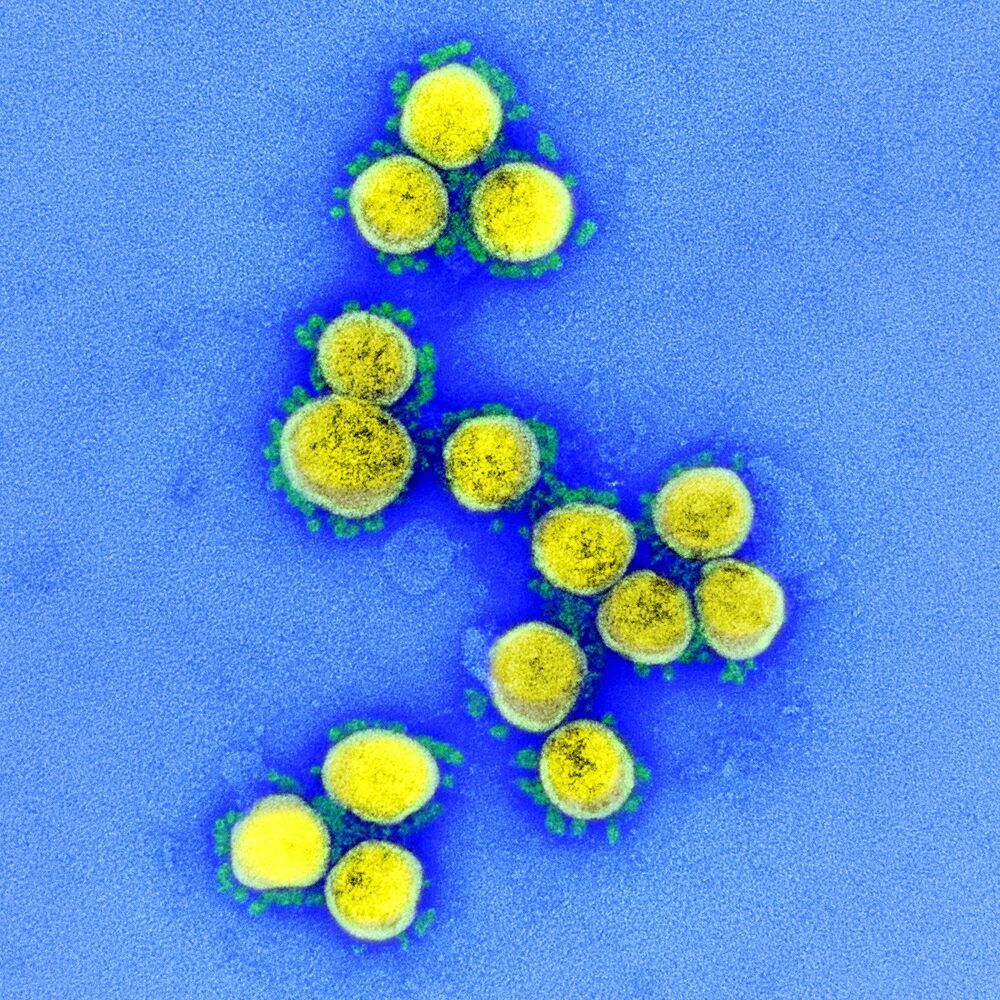
Capricor on April 3 said it was continuing to develop its exosome platform technology as a potential COVID-19 vaccine, even as it pursued compassionate use approval for CAP-1002 (See above). The company seeks to develop two candidates. The first is a virus-like particle (VLP) similar in structure to an exosome, and produced by the same process developed by Capricor in its studies of CAP-1002. The other is an exosome-mRNA vaccine formulation designed to elicit a protective, long-lasting immune response to SARS-CoV-2 by targeting all four structural proteins of the virus.
Candidates: Two vaccine candidates for the potential prevention of COVID-19.
Category: VAX
Types: Vaccines based on exosomes derived from the company’s proprietary cardiosphere-derived cells CDCs (CAP-2003) and engineered exosomes, both of which are in preclinical development.
